Moon Wisdom from the Elders: Connecting Life with the Cosmos
Compiled by Rosemary Tayler and Kathryn Aunger, 2015 & 2016 Celestial Planting Calendars
Calling upon the wisdom of our elders, our ancestors and ancient cultures, even things we heard our grandparents say, brings a level of learning that each of us as individuals can draw upon. The following is an offering of some of the wisdom teachings based on lunar rhythms.
Lunar Wisdoms
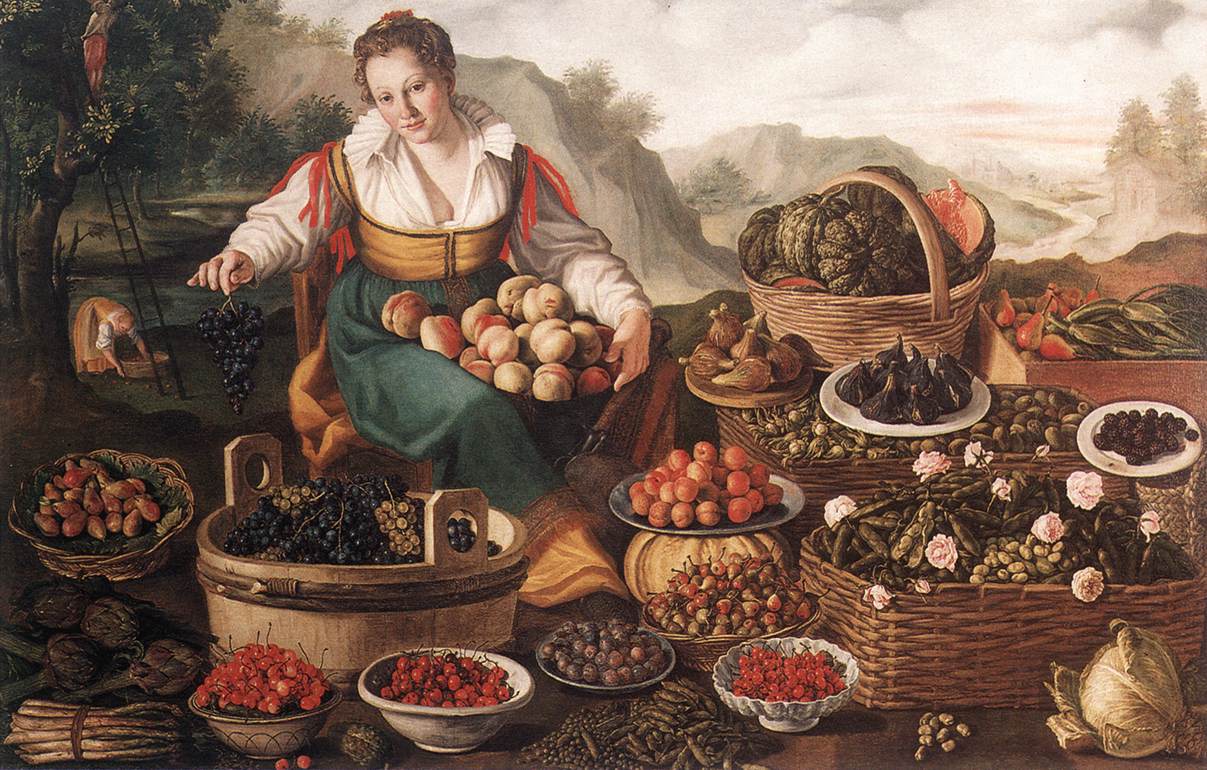 Sowing, seeding or transplanting (the action of putting the plant in the ground) is best done when the Moon is descending. Sap movement is typically slower during the descending Moon, allowing for seeds and roots to adjust to this change. This is also a good time for trimming, hedges, pruning trees, felling timber, and applying compost. Sowing, seeding or transplanting (the action of putting the plant in the ground) is best done when the Moon is descending. Sap movement is typically slower during the descending Moon, allowing for seeds and roots to adjust to this change. This is also a good time for trimming, hedges, pruning trees, felling timber, and applying compost.
When the Moon is ascending the sap is rising and the plant fills with vitality. This is a good time for grafting and harvesting plants for food or medicine. Plants harvested with the influences of an ascending moon will remain fresher longer when stored.
When the Moon is in a water sign, add compost to pasture/gardens.
If you want to weaken a plant (usually a weed) then prune it during a waxing Moon so the sap does not go into the roots.
Start weaning calves shortly before the Full Moon, and let them drink milk for the last time at the Full Moon itself.
Pest control is best done at the time of a Full Moon during the growing season: best when Sun is in Aries) for larvae, Sun is in Taurus for hard-shell insects, Sun is in Gemini for flies and Sun is in Cancer for slugs and snails.
Whenever possible, fertilizer or manure should be spread when the Moon is waning. With cereals, vegetables and fruit, ideally on fruit days (Aries, Leo, Sagittarius), otherwise during Virgo or on another earth day (Taurus, Capricorn).
Plant root crops and trees needing a good root system during the 3rd quarter, waning Moon.
Leaf vegetables (lettuce, spinach, cabbage, etc.) should be planted when the Moon is waning, preferably during Cancer days.
Weed, cultivate and turn compost during the 4th quarter to the New Moon.
Ascending periods are considered favourable for grafting, but not for pruning when open wounds can bleed.
Maria Thun advocates that descending periods are favourable for planting seeds and transplanting seedlings.
Avoid planting two hours either side of the lunar node or 12 hours either side of an eclipse or planetary node.
If a lunar perigee is boosted by a Full Moon around the same time, the combined forces tend to be excessive, and widespread extreme weather can take place. If conditions are already wet, expect a higher incidence of rot or fungal attacks on plants.
Root, Leaf, Flower, Seed Wisdoms
 Root days are the best to plant root crops when the Moon passes in front of the earth signs of Taurus, Virgo and Capricorn. Root days are the best to plant root crops when the Moon passes in front of the earth signs of Taurus, Virgo and Capricorn.
Plant, cultivate and harvest garlic on root days for the best yields and storage quality.
Flower days for cauliflower, broccoli, and flowers passing the air signs of Gemini, Libra and Aquarius.
Flowering shrubs, rose bushes, etc. are best pruned in the appropriate season when the Moon is in an air sign (flower day).
Fruit/seed days are best for tomatoes, onions, garlic, and peppers when the Moon is in the fire signs of Aries, Leo, Sagittarius.
Fruit trees, berries and shrubs are best pruned when the Moon is in a fire sign (fruit day).
Maria Thun suggests that cauliflower and kohlrabi develop best when sown on leaf days. Broccoli, on the other hand, shows that flower days produce large, firm heads, whereas those sown on leaf days are mostly leaves, and on fruit days there are lots of little buds. Potatoes, leeks and onions develop best when planted on root days, when the Earth or below-ground influences are strongest. These findings were made at her farm in Germany.
Onions, when sown and harvested on root days, will keep for long time. Flower day onions will go bad in early winter. Fruit day onions will begin to shoot mid-winter.
Weather Wisdoms
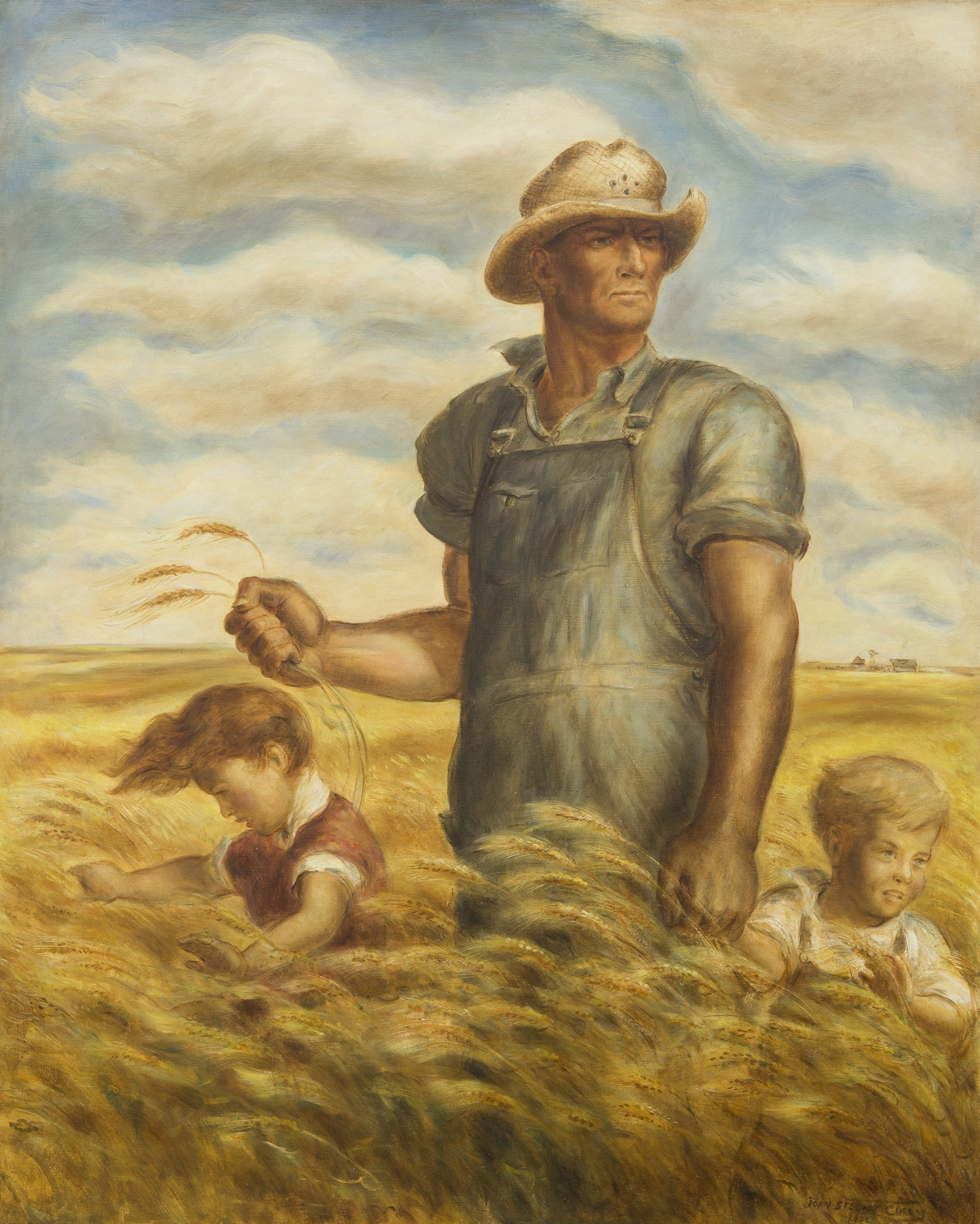 When swallows fly low to the ground, it is an indication of rain. When swallows fly low to the ground, it is an indication of rain.
Rain before 7, gone by 11.
Red sky in the morning, sailors take warning. Red sky at night, sailors delight.
When you see the underside of leaves, it is going to rain.
The wave-like cloud formations that some people call a chicken rib sky or a herring bone sky indicate rain within 24 hours.
When dogs roll over on their backs, it fortells rain.
No dew on the grass in the early morning means rain that day.
Harvesting Wisdoms
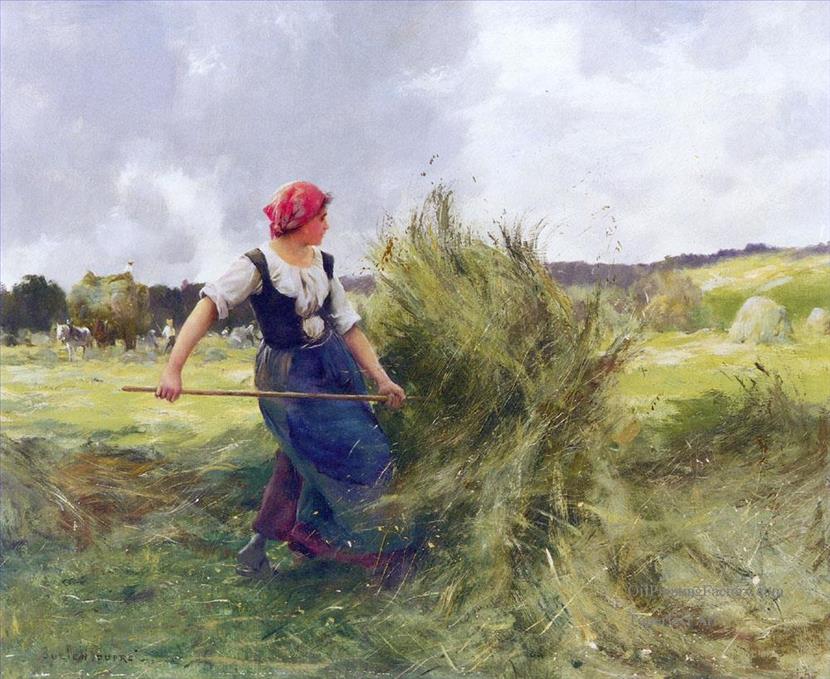 From 3 am to approximately 3 pm, it is as if the Earth is in a state of exhaling. Mists and scents rise. From 3 pm to approximately. 3 am, the Earth is in a reversed state of inhalation. Dew falls and scents become heavy. To work in harmony with this rhythm, it is recommended to harvest herbs early in the morning, while plant vitality is still contained within, and to transplant in the evening when the energy of the plant moves back into the roots. From 3 am to approximately 3 pm, it is as if the Earth is in a state of exhaling. Mists and scents rise. From 3 pm to approximately. 3 am, the Earth is in a reversed state of inhalation. Dew falls and scents become heavy. To work in harmony with this rhythm, it is recommended to harvest herbs early in the morning, while plant vitality is still contained within, and to transplant in the evening when the energy of the plant moves back into the roots.
Harvesting is best done during an ascending moon period.
It is best to harvest roots on root days, fruit on fruit days, especially during the two-week time period when the Moon is running high (ascending). For leaf crops, it is best to harvest either on a root or fruit day. Cabbages are best harvested on a flower day.
Harvesting cabbage, carrots, beets, kale or anything succulent and leafy in large quantities for storage, sale or transport should not be done on a leaf day, as there will be a tendency for the development of rot and fungi due to the predominant water influence of a leaf day.
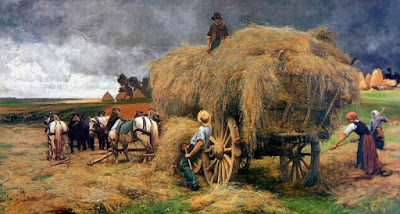 Roots and potatoes are best harvested with a descending moon in an earth sign (root day). Roots and potatoes are best harvested with a descending moon in an earth sign (root day).
Avoid harvesting during a Full Moon, a lunar perigee and during a water constellation (leaf day) since these are times when there will be more water in the Earth, thus the crops will hold too much water creating molds, fungus and unsatisfactory storage.
Fruits, green vegetables, hay and silage will store better and maintain quality if harvested during an air sign (flower day).
Grains and seeds for saving are best harvested during a fire sign (fruit day).
The most favourable time for harvesting, preserving, and storing is when the Moon is ascending (Sagittarius to Gemini). Harvesting and storing are less dependent on the phase of the Moon than on the constellation through which the Moon is currently passing.
The most suitable days for harvesting and storing cereals, vegetables, and potatoes are when the Moon is in Aries.
Planting, Cultivating & Harvesting Wisdoms
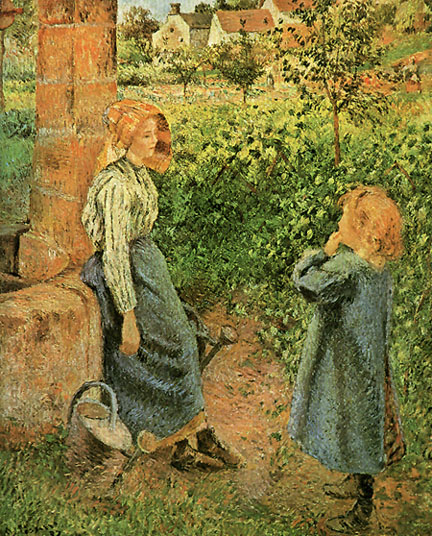 When the Moon is waning, the sap flows to the roots of the plants, the soil is receptive and breathing in. When the Moon is waxing, the sap climbs up into the plant growth above the ground and breathing out dominates. When the Moon is waning, the sap flows to the roots of the plants, the soil is receptive and breathing in. When the Moon is waxing, the sap climbs up into the plant growth above the ground and breathing out dominates.
Above-ground crops do best when planted in the first and second quarters of the Moon (above = light of the Moon), while below ground crops do best when planted in the third and fourth quarters of the Moon (below = dark of the Moon).
To encourage growth of grasses (lawns), cut in a fruitful sign during a growing moon phase (first and second quarter). To discourage growth of grasses (lawns), cut in a barren sign during a waning or decreasing Moon phase (third and fourth quarter).
Hoeing, weeding and tilling is best done during the third and fourth quarter of the Moon in the constellations of Leo, Gemini, Virgo, Aquarius or Aries. Hoeing and weeding is best done when the Moon is in Leo because there will be a greater loss of moisture and a greater dying off of the weeds.
Aries and Sagittarius days are especially suitable for cultivating cereals, but so also are Leo days. However, in very dry fields there is a danger when the Moon is in Leo of the soil becoming parched. The first day of Aries is the best time for storing cereals.
Mow or cut field thistle when the Moon is in Aquarius or Sagittarius releasing a strong flow of sap. Repeat cutting or mowing whenever the Moon is ascending to keep the roots undernourished. The plants will die off.
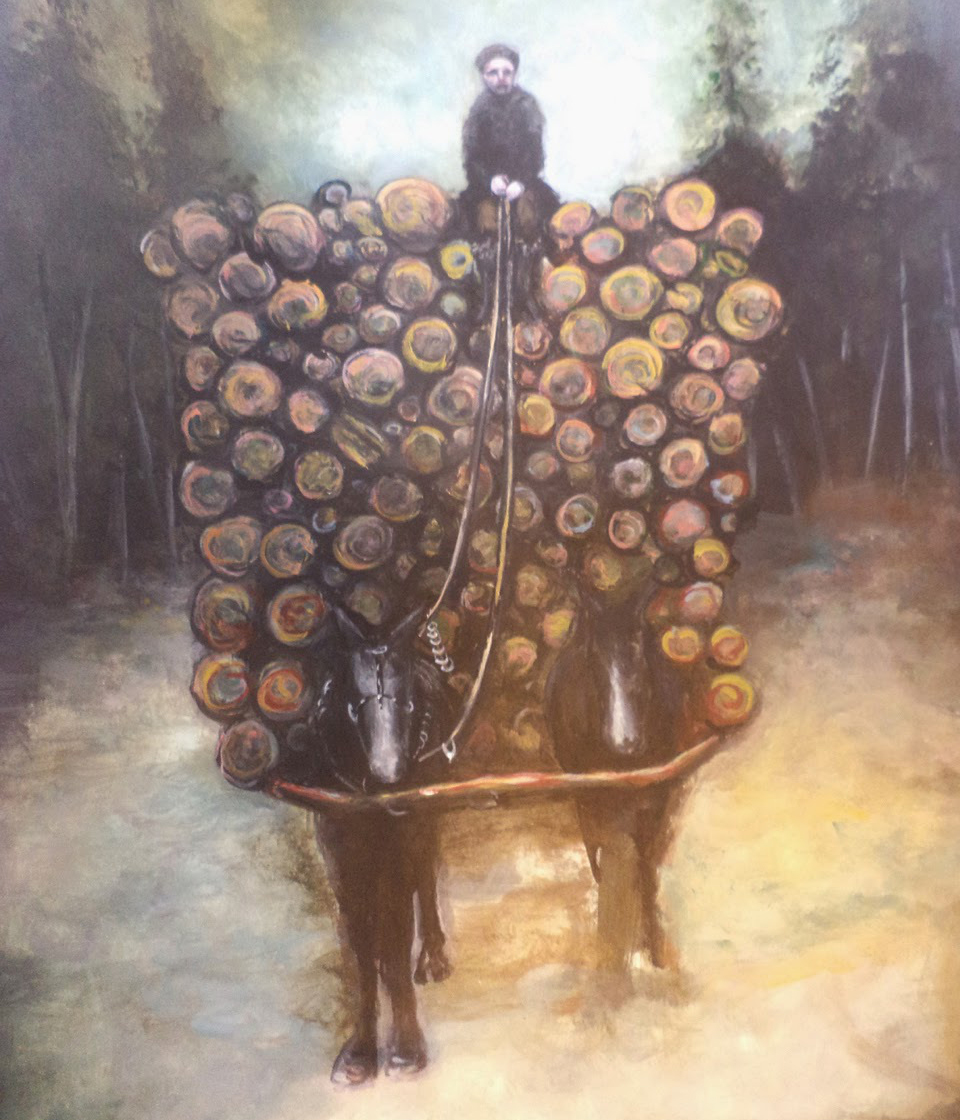 Trees, Shrubs and Orchard Wisdoms Trees, Shrubs and Orchard Wisdoms
Prune for propogation in the third and fourth quarter of the Moon phase in one of the fruitful signs (Leo, Sagittarius, Aries).
Prune to discourage growth in the first and second quarter of the Moon in one of the less potent barren signs namely Aries or Sagittarius.
The right moment for grafting on to fruit trees is when the Moon is waxing, preferably close to Full Moon and on a fruit day.
Winter months are the best time to cut timber as the sap has descended and there will be less warping.
Cut wood for timber when the Moon is waxing in Pisces so that the boards will not be ridden with worm holes.
Cut firewood in October during the first quarter of the waxing Moon from trees that you want them to grow back.
Cut wood for furniture and carving in November before the New Moon so that the wood does not develop cracks and open up.
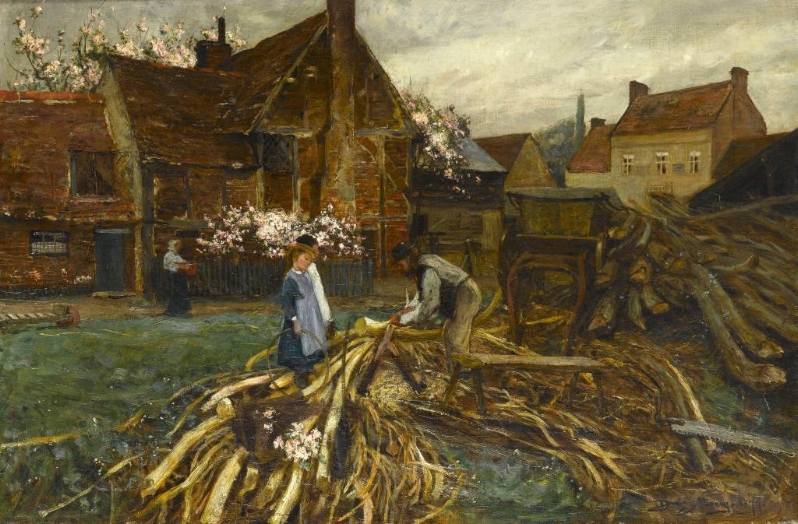 Cut wood in December in the first eight days after the New Moon so that timber remains firm and tight-fitting. Cut wood in December in the first eight days after the New Moon so that timber remains firm and tight-fitting.
Cut wood on March 1 after sunset so that the wood does not burn. Apparently this is the only day each year that this happens.
Cut wood in the last two days of March, with the waning Moon in Pisces, so that wood does not rot.
The best bridge timber is obtained when the New Moon coincides with Cancer.
Timber for bridges, boats and rafts should be cut when the Moon is on a wane in a water sign, particularly in Pisces or Cancer. This wood will not rot and will be safe under foot.
Wooden shingles and shakes will lie flatter if cut during the dark phase of the Moon.
Fence posts should be set during the dark phase of the Moon to resist rotting. Fence posts should always be set as the tree grew. To set the root end upward makes for a short-lived fence.
Personal Care Wisdoms
 For cutting and filing of toenails, fingernails and hoofs (human or animal), the most suitable times are Moon in Capricorn or any Friday after sunset. For cutting and filing of toenails, fingernails and hoofs (human or animal), the most suitable times are Moon in Capricorn or any Friday after sunset.
To encourage hair growth, cut in a growing Moon (first or second quarter) when the Moon is in the fruitful, fertile signs of Cancer, Scorpio or Pisces. To retard hair growth, cut during the waning of the Moon (third or fourth quarter) in Leo, Gemini and Virgo.
Dye hair during a waxing Moon near to Full as the hair shaft will absorb more colour.
Have eye examinations during the New Moon or as early as possible when the growing Moon phase is in Libra, Aquarius, Aries or Capricorn.
Dental work that includes fillings, extractions, bridges or impressions are best done during the third and fourth quarters of the Moon in the fixed signs of Leo, Scorpio, Aquarius or Taurus. Dental surgery with anethesia is best done in the fourth quarter.
Around the Home Wisdoms
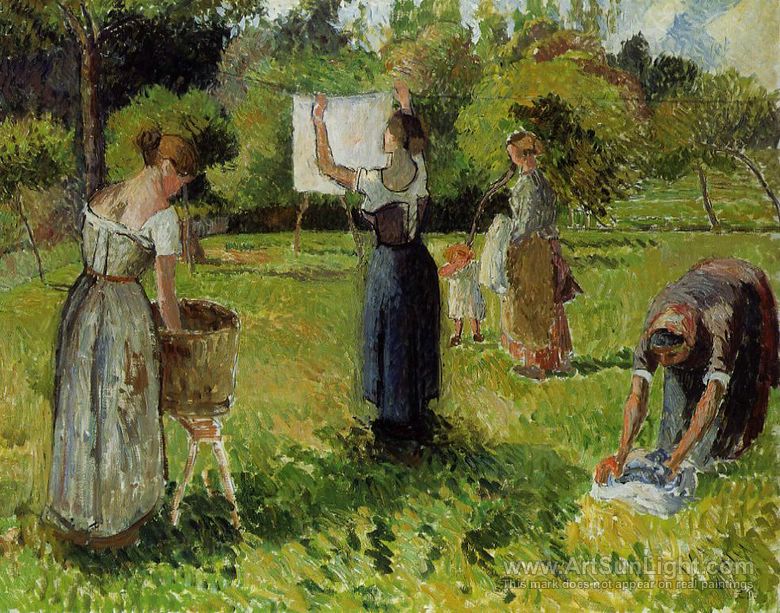 Bake on a growing Moon phase (first and second quarter), in a fruitful sign, especially if the baked goods need to rise. Bake on a growing Moon phase (first and second quarter), in a fruitful sign, especially if the baked goods need to rise.
Pickling, canning and freezing is best done during a waning Moon phase (third and fourth quarter) in a fruitful sign. Taurus, Scorpio and Aquarius are best for firm, crisp results. Water signs will give less desirable results.
To dry food, begin as early as possible in the waning Moon phase, with barren fire signs of Leo, Aries or Sagittarius. The air signs of Gemini, Aquarius and Libra are a good second choice.
Mold on windows and walls can be cleaned easily with vinegar and water and a scrubbing brush whenever the Moon is waning.
Wash wooden floors when the Moon is waning. Dust, sweep and mop when the Moon is waxing in Gemini, Libra or Aquarius.
If you mop when the Moon is in a water sign of Cancer, Scorpio or Pisces, moisture will get into the cracks and cause mold, warping and rot.
|


![]()


 Sowing, seeding or transplanting (the action of putting the plant in the ground) is best done when the Moon is descending. Sap movement is typically slower during the descending Moon, allowing for seeds and roots to adjust to this change. This is also a good time for trimming, hedges, pruning trees, felling timber, and applying compost.
Sowing, seeding or transplanting (the action of putting the plant in the ground) is best done when the Moon is descending. Sap movement is typically slower during the descending Moon, allowing for seeds and roots to adjust to this change. This is also a good time for trimming, hedges, pruning trees, felling timber, and applying compost. Root days are the best to plant root crops when the Moon passes in front of the earth signs of Taurus, Virgo and Capricorn.
Root days are the best to plant root crops when the Moon passes in front of the earth signs of Taurus, Virgo and Capricorn. When swallows fly low to the ground, it is an indication of rain.
When swallows fly low to the ground, it is an indication of rain.  From 3 am to approximately 3 pm, it is as if the Earth is in a state of exhaling. Mists and scents rise. From 3 pm to approximately. 3 am, the Earth is in a reversed state of inhalation. Dew falls and scents become heavy. To work in harmony with this rhythm, it is recommended to harvest herbs early in the morning, while plant vitality is still contained within, and to transplant in the evening when the energy of the plant moves back into the roots.
From 3 am to approximately 3 pm, it is as if the Earth is in a state of exhaling. Mists and scents rise. From 3 pm to approximately. 3 am, the Earth is in a reversed state of inhalation. Dew falls and scents become heavy. To work in harmony with this rhythm, it is recommended to harvest herbs early in the morning, while plant vitality is still contained within, and to transplant in the evening when the energy of the plant moves back into the roots. Roots and potatoes are best harvested with a descending moon in an earth sign (root day).
Roots and potatoes are best harvested with a descending moon in an earth sign (root day). When the Moon is waning, the sap flows to the roots of the plants, the soil is receptive and breathing in. When the Moon is waxing, the sap climbs up into the plant growth above the ground and breathing out dominates.
When the Moon is waning, the sap flows to the roots of the plants, the soil is receptive and breathing in. When the Moon is waxing, the sap climbs up into the plant growth above the ground and breathing out dominates.  Trees, Shrubs and Orchard Wisdoms
Trees, Shrubs and Orchard Wisdoms Cut wood in December in the first eight days after the New Moon so that timber remains firm and tight-fitting.
Cut wood in December in the first eight days after the New Moon so that timber remains firm and tight-fitting. For cutting and filing of toenails, fingernails and hoofs (human or animal), the most suitable times are Moon in Capricorn or any Friday after sunset.
For cutting and filing of toenails, fingernails and hoofs (human or animal), the most suitable times are Moon in Capricorn or any Friday after sunset. Bake on a growing Moon phase (first and second quarter), in a fruitful sign, especially if the baked goods need to rise.
Bake on a growing Moon phase (first and second quarter), in a fruitful sign, especially if the baked goods need to rise.